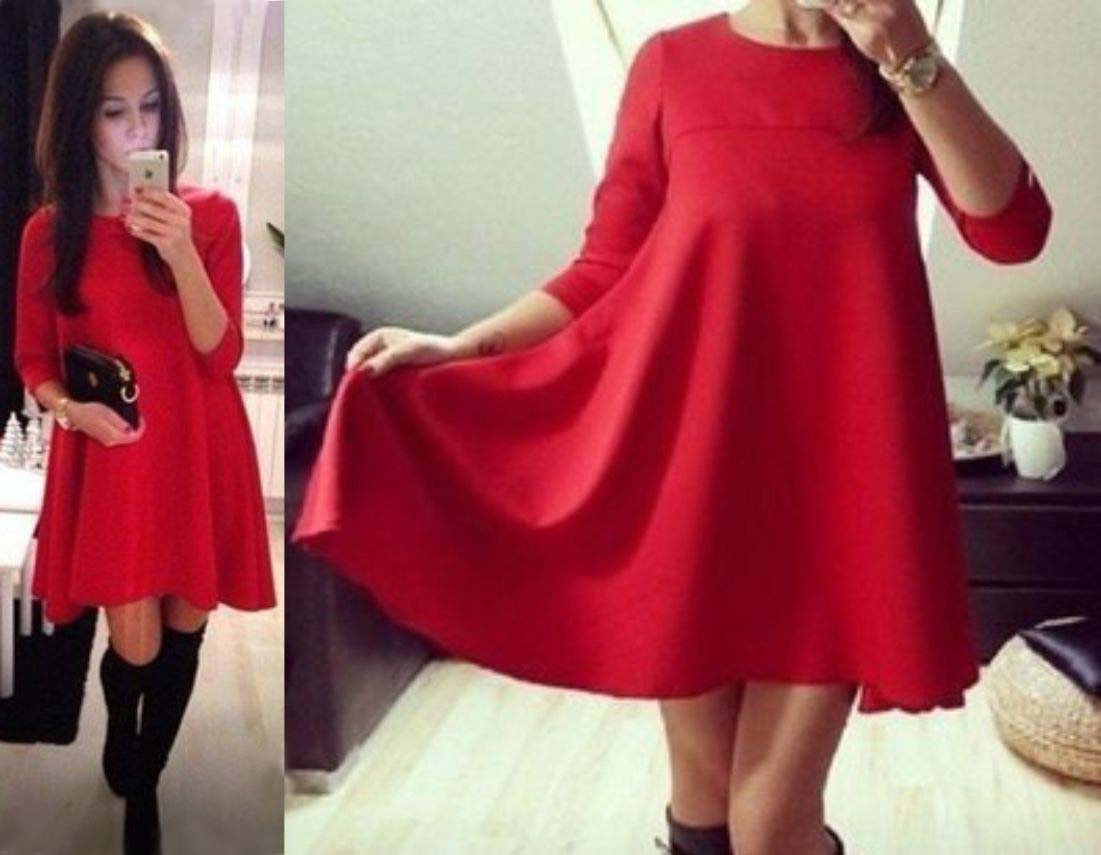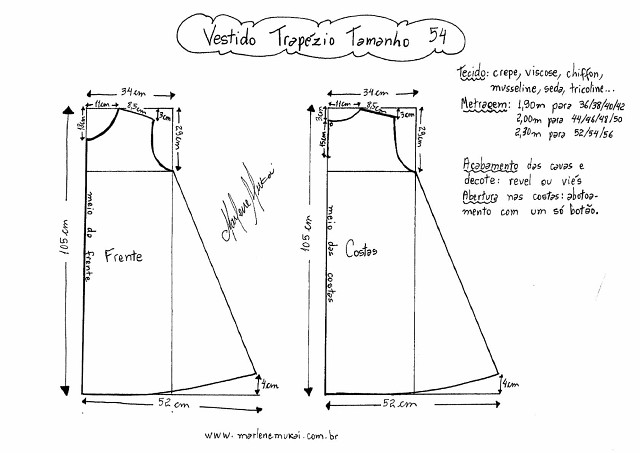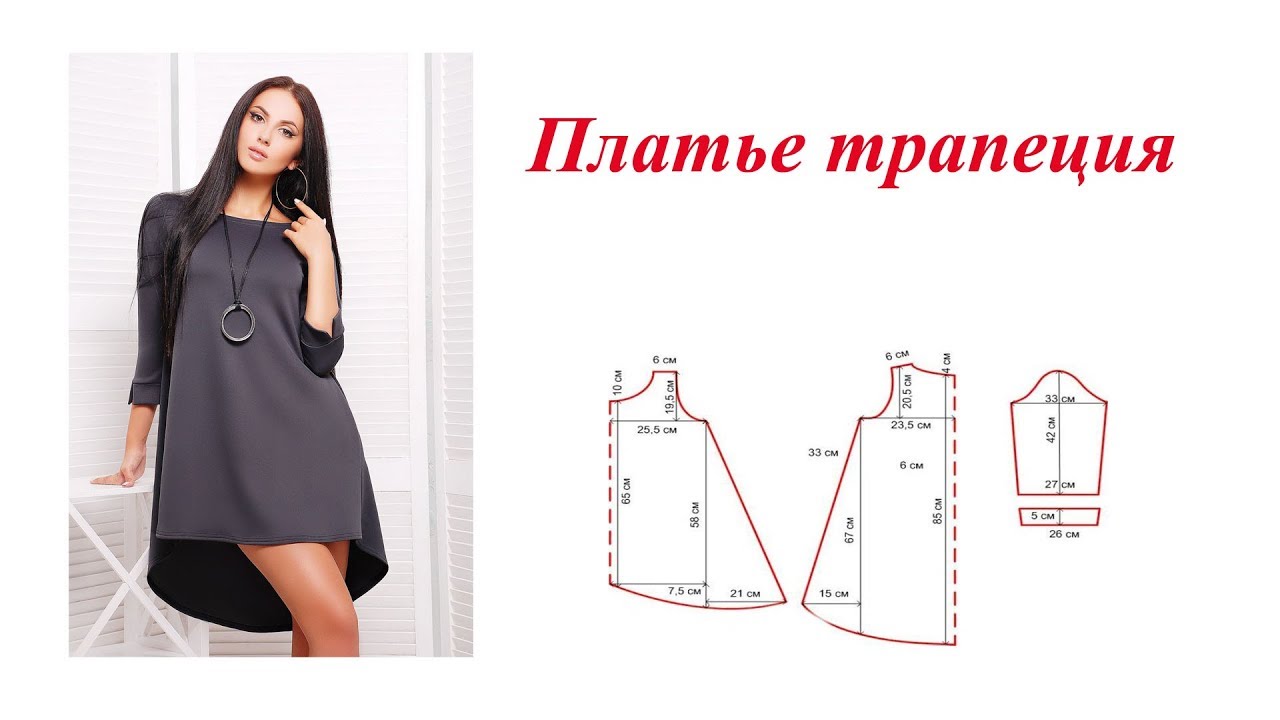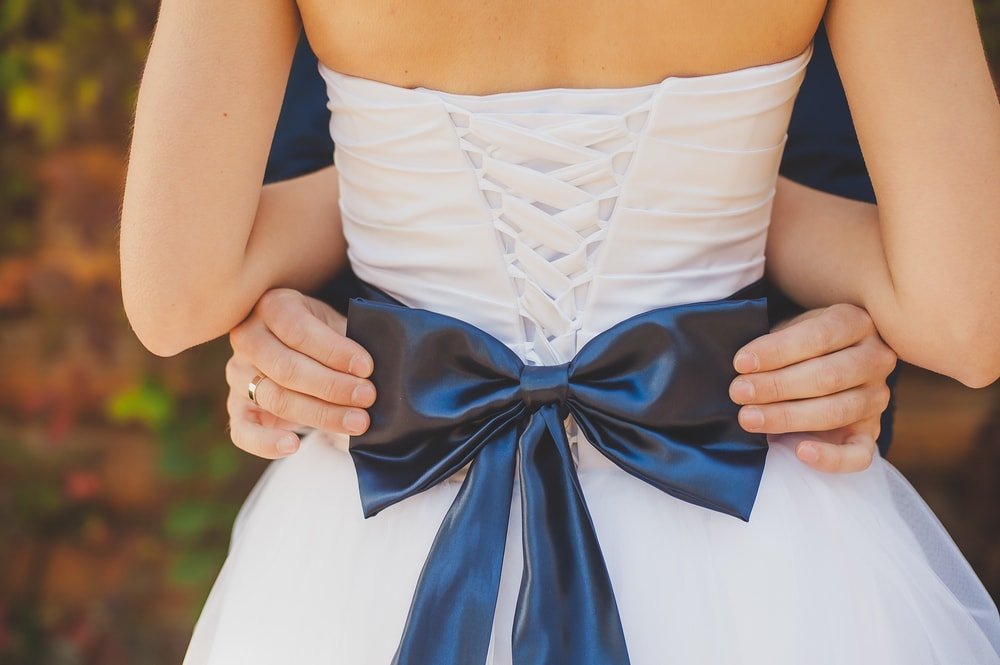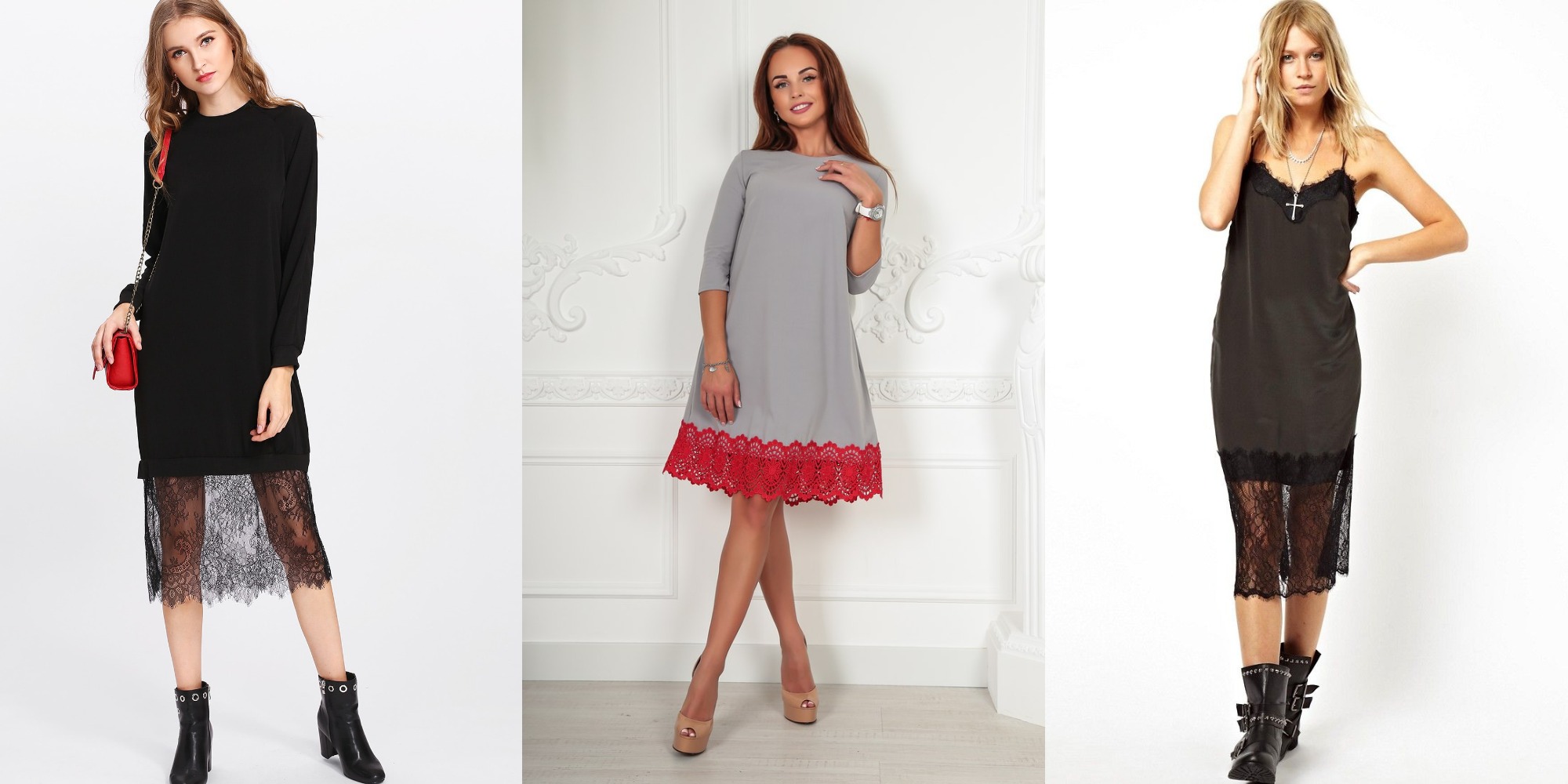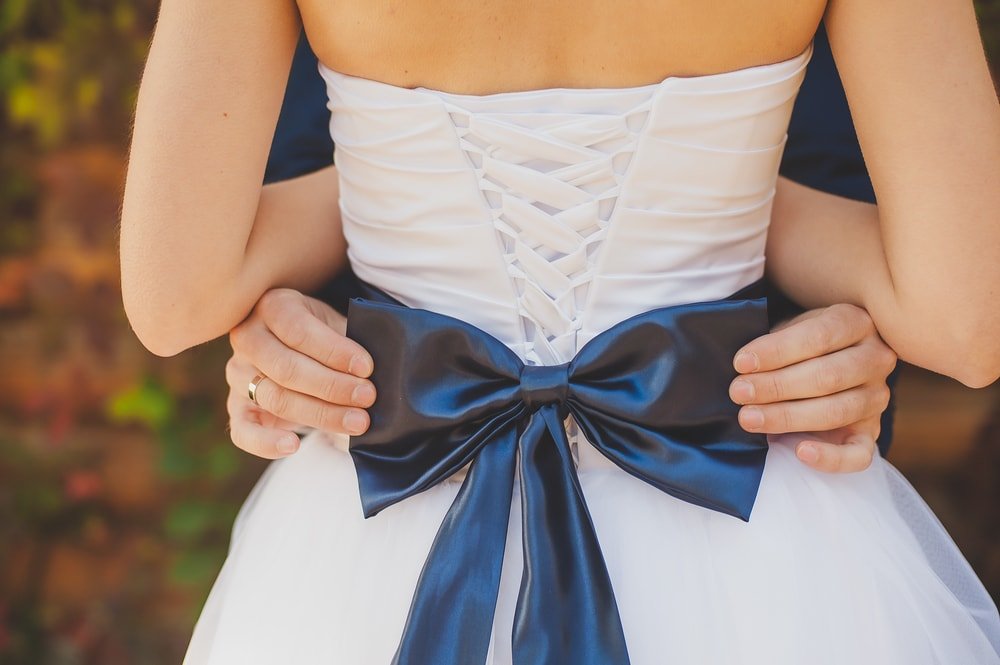If you need to make a trapeze dress, the pattern is prepared simply and easily. This factor is one of the reasons why the A-line dress is a favorite in the wardrobe of fashionistas who often change their image. A dress of this silhouette suits girls regardless of their body type, fullness and height. The advantages of the dress make it popular. Having basic sewing skills, it is easy to make such an outfit yourself at home.
Ready-made patterns
The pattern is made on the basis of any available dress of the required size. A good option to find a suitable one is to look for a simple summer dress in the Burda magazine and slightly change the pattern. This is easier than cutting out a dress from scratch. You can make a trapeze model yourself using any pattern, but the one described below is the most convenient and easy to make at home.
Having found a simple dress, you should make a corresponding pattern of the required size on a sheet. The rules of work are described below. They are true for both standard and battle sizes. The order of actions:
- First of all, modeling a dress involves transferring the pattern from a sheet to a large sheet of paper or wallpaper for modification. After the transfer, several changes should be made;
- The bust dart is reduced by 1-1.5 cm. The size of the change depends on the size of the garment. For sizes up to 48, the bust dart is reduced by 1 cm, for sizes over 48, the reduction will be 1.5 cm;
- The flare is added from the armpit level. It determines the width of the dress at the bottom. The standard is to widen each half of the pattern, the front and back, by 5-7 cm. The norm is chosen at personal discretion;
- On the back, all darts at the waist level of the back are removed. The resulting pattern is the dress pattern a silhouette.
You can change the pattern of a trapeze dress with or without a sleeve by changing the neckline. A V-shaped or oval neckline is suitable.
By performing simple manipulations with a standard pattern, you get a trapeze dress pattern. Working with this model in the future allows you to sew a simple outfit. This is a base that can be decorated or supplemented with other details:
- Embroidery;
- Decor;
- Rhinestones;
- Beading;
- With buttons;
- Pockets;
- Ruffles;
- Ruffles;
- With flounces.
Materials and tools
To sew a trapeze dress you will need the following tools:
- Paper for cutting;
- Transfer paper;
- Pencil;
- Translation wheel;
- Scissors;
- Measuring tape;
- Soap remnant;
- Set of needles;
- Sewing threads;
- Threads for basting;
- Sewing machine;
- Overlock.
What materials will be needed:
- Cut fabric to fit the model;
- The piping matches the dress color or contrasts;
- Materials for decoration.
Sewing pins will be necessary. Their use is necessary for precise cutting of fabric. By using pins when transferring patterns to fabric, precision and absence of shifts are achieved.
All tools and materials should be prepared before sewing. During sewing, care should be taken to ensure that all of the above tools are available. This procedure, carried out in advance, allows you to significantly reduce the time spent on making an outfit. It is recommended to place all the necessary tools at arm's length on a sewing table or stool.


Preparatory work
It is necessary to note the dependence of the fabric cutting on the pattern. If the material for sewing is not selected to be plain, but has a round or large pattern, there may be a need to adjust the front and back according to the pattern. This must be taken into account when calculating the required amount of material before purchasing, in order to avoid shortages. In this case, you should make one part, then check the pattern and make the second part on a suitable piece of the remaining fabric. These simple manipulations will allow you to accurately create a dress with a large pattern. The same applies to fabrics with a directional or geometric pattern.
First, we cut out the fabric. This procedure is done as follows:
- The finished pattern is cut out of paper. Scissors are used for this. You will get two parts - the front and the back;
- The piece of fabric is folded in half. One of the pieces is applied to the folded area - the front or the back. It is necessary to work with each piece in turn;
- The piece is pinned with sewing pins at a distance of 2 cm from the edge of the fabric paper. The distance between the pins should be from 5 to 15 cm;
- Using a piece of soap or special sewing chalk, trace the paper onto the fabric. When drawing the line, step back 1.5-2.5 cm from the edge of the pattern. This is the seam allowance. The bust dart is traced precisely, without allowances;
- Without removing the paper blank, the fabric is cut along the lines with large sewing scissors. The blank is not removed to avoid shifting the fabric - it is pinned, so its shifting is reduced to a minimum;
- The second pattern is also made according to this scheme. After these procedures, you can start sewing.
An experienced seamstress is advised to leave more than 2.5 cm of material for processing the bottom seam when cutting out the details of an A-line dress. This is explained by the following: inexperienced seamstresses who rarely start sewing or those who are sewing clothes for the first time often get the length of the dress wrong. To avoid this, you can adjust the required length after putting on the sewn dress and cutting off the excess fabric to the required level. With such a simple manipulation, you can adjust the length of the dress directly during the fitting.
If the dress is made with sleeves, you need to copy the sleeve pattern separately and open them using the same principle. A simplified version of sewing, made at home, excludes the presence of sleeves. And the silhouette is most in demand in the summer, when sleeves are either absent or made as a decorative element (ruffles or flounces).

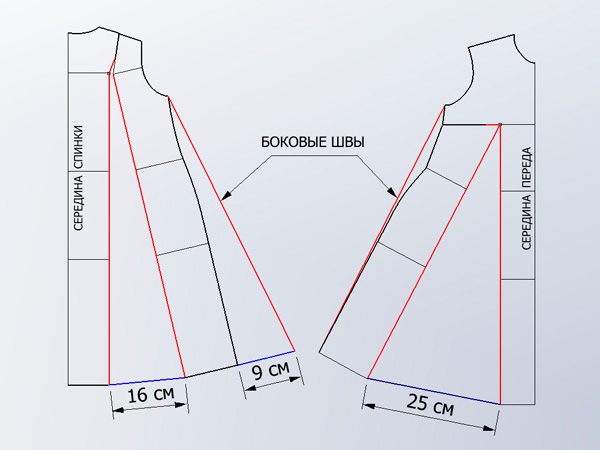
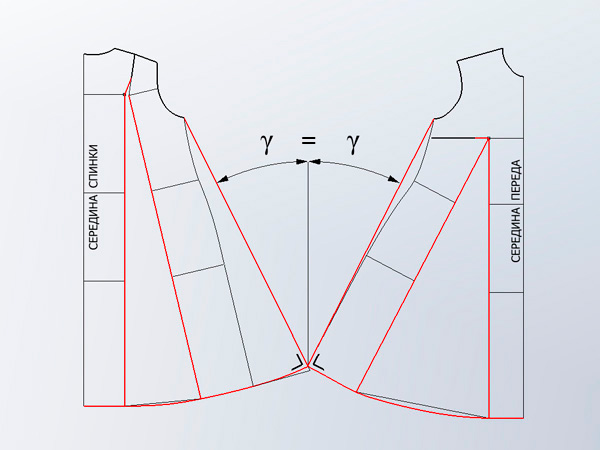
Sewing instructions
We sew the outfit according to the following pattern:
- The cut out fabric pieces are carefully ironed. The evenness of the seams will depend on this;
- The bust darts are basted manually. Then they are processed on a sewing machine. The basting threads are removed;
- The two main parts of the outfit are basted - the front and back along the side and shoulder lines. Then the lines are made on a sewing machine. The basting threads are removed;
- The neckline is processed. The bias binding is stitched at a distance of 1 mm from the edge in a circle. The edges of the binding should meet at the shoulder seam;
- The arm holes are processed in the same way using the binding. The edges of the binding should meet at the side seam at the armpit level;
- When sewing a dress with sleeves, the sleeves are sewn on at this stage. Their edges are finished with piping or a simple seam;
- The hem of the dress is processed. The fabric is folded twice, the fabric is rolled up. Then the seam is ironed. An even fold should be formed, the width of which is the same both in front and in the back. Then the line is laid on the sewing machine;
- After completing the above operations, the finished seams are overcast. It is necessary to overcast the side seams, shoulder seams, and, if necessary, sleeves;
- Then the seams are smoothed from the front to the back. The shoulder seams are smoothed back;
- The outfit is completely ironed. If desired, it can be decorated with decorative elements.
After finishing the sewing procedures, it is necessary to cut the remaining threads. The basting threads are removed. The dress is decorated after finishing the sewing procedures.
Summer dresses have a large number of common models: trapeze on a yoke, A-line, straight cut. Many dresses are easy to sew at home yourself. Noticing this, some girls decide to master sewing. This significantly saves the budget. Buying material for sewing a dress sometimes costs 2-7 times less than buying a ready-made outfit. The ability to decorate a dress yourself gives you the opportunity to show your imagination, make clothes in a single, exclusive copy. It is popular to make a dress from white linen fabric, which is pre-decorated with embroidery. Embroidery can be done with a cross, satin stitch or beads. Without a doubt, the stronger sex will appreciate an exclusive dress!
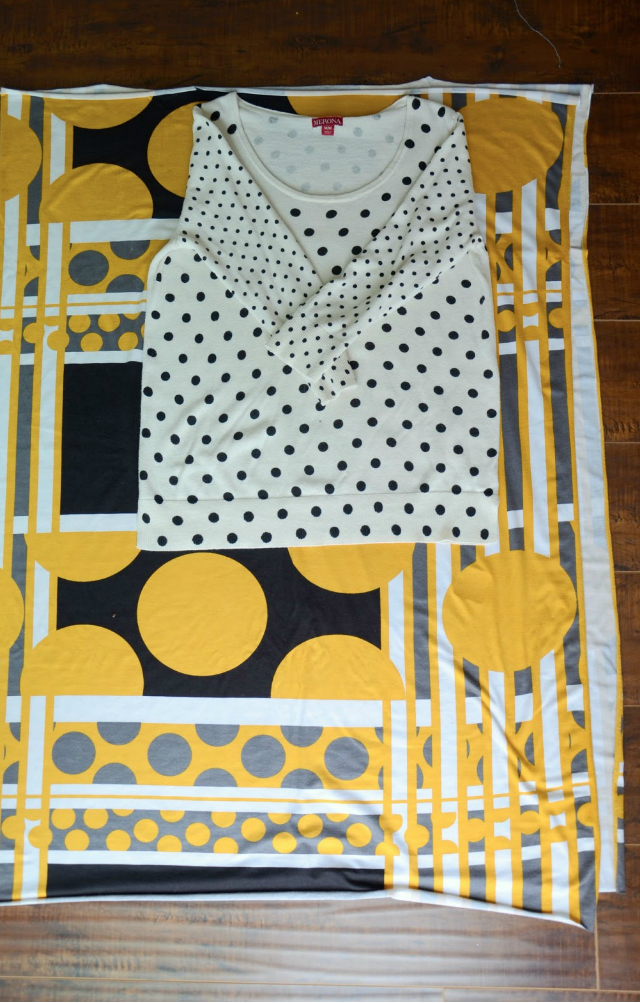

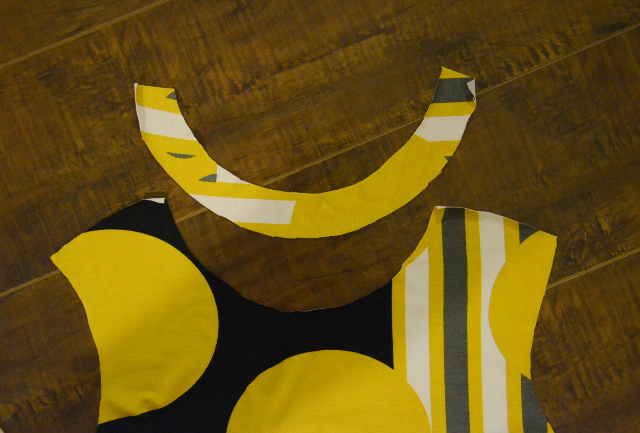

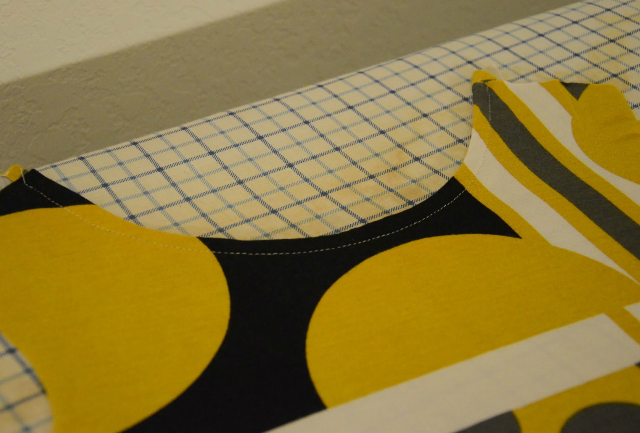

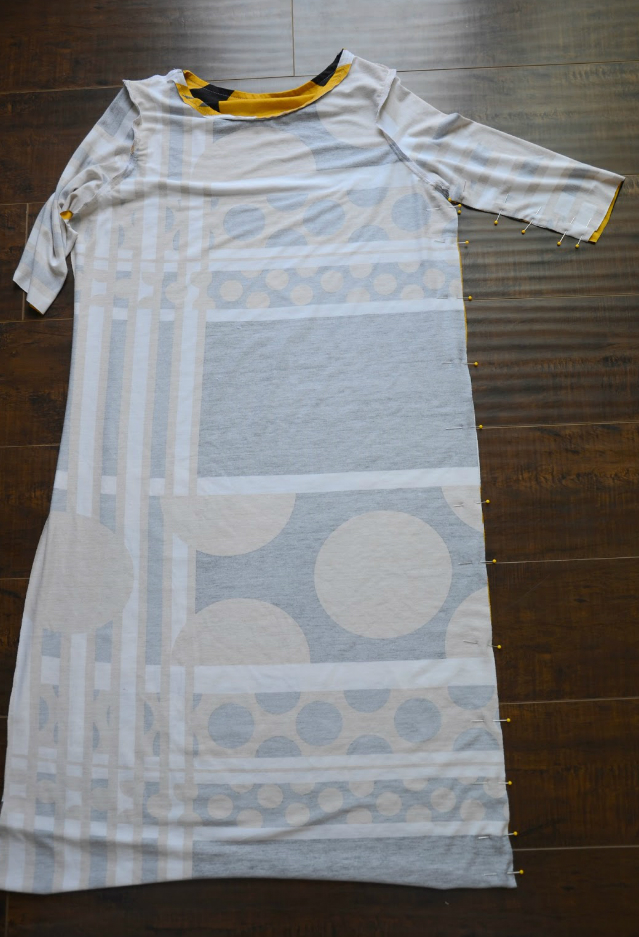
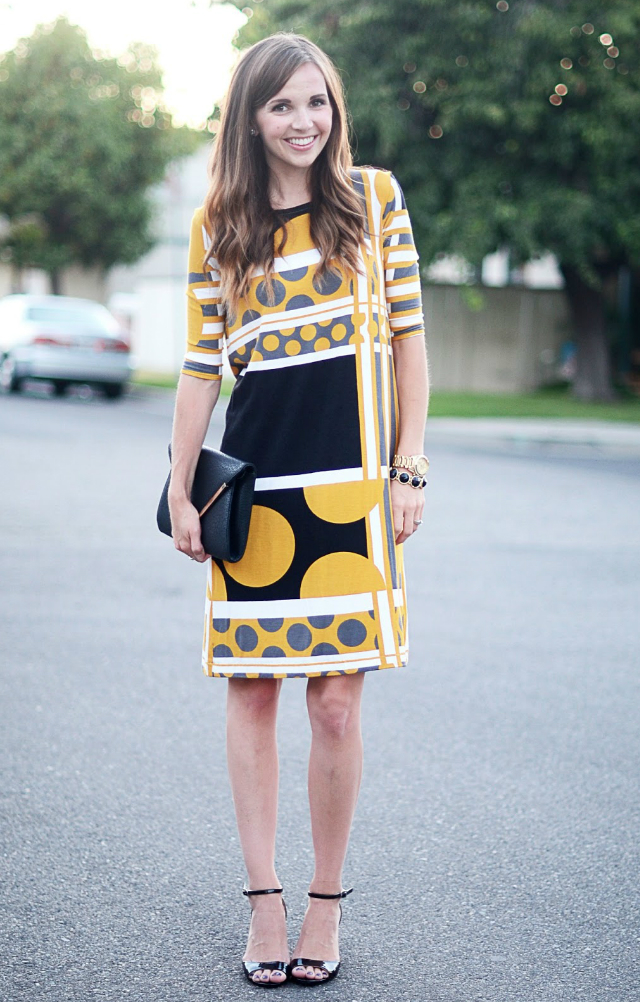
Video

